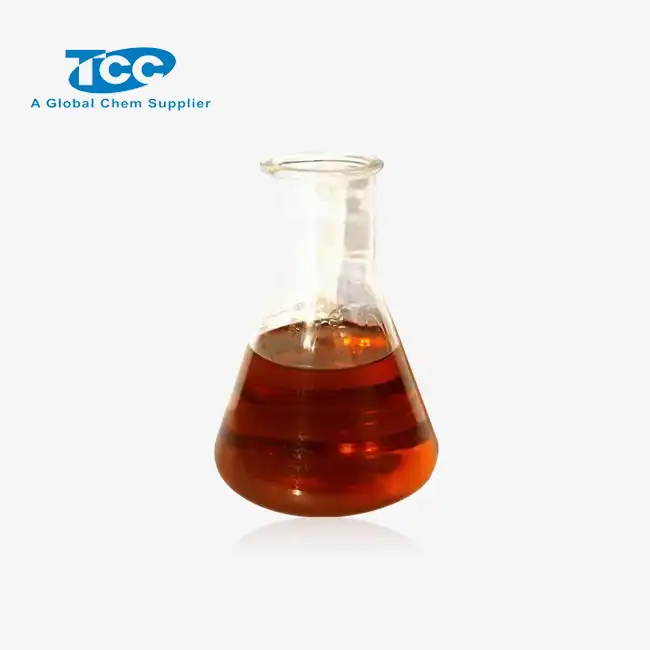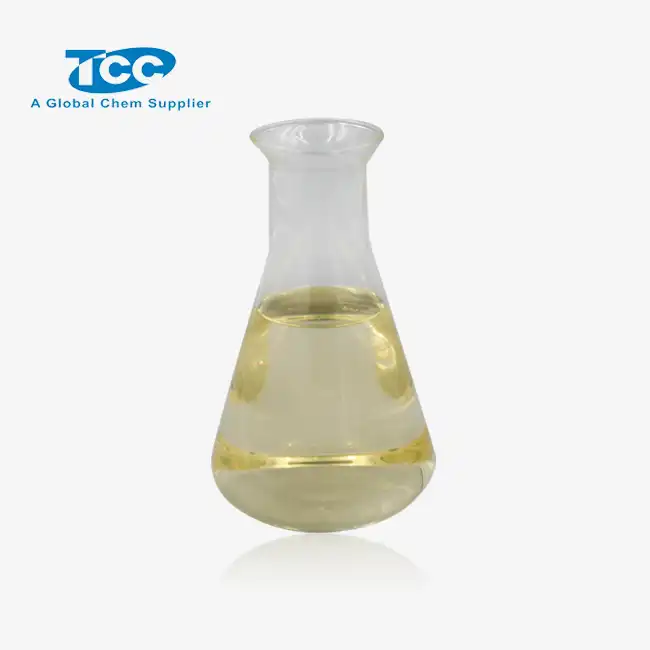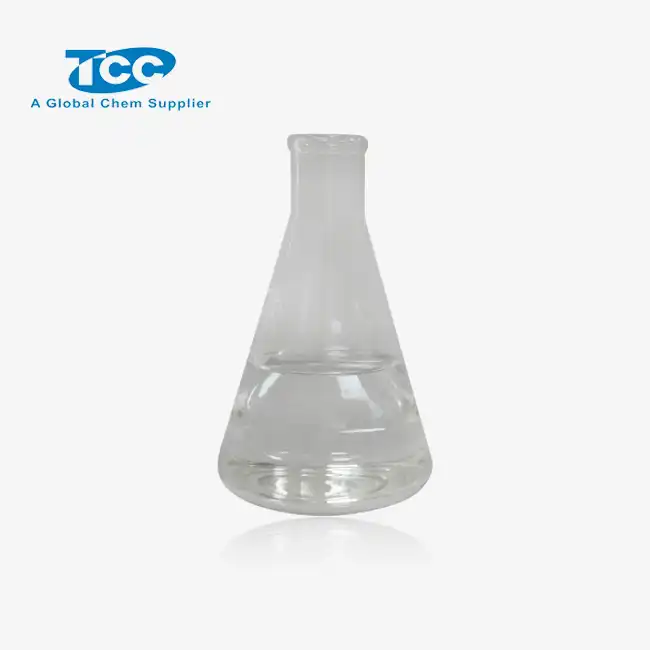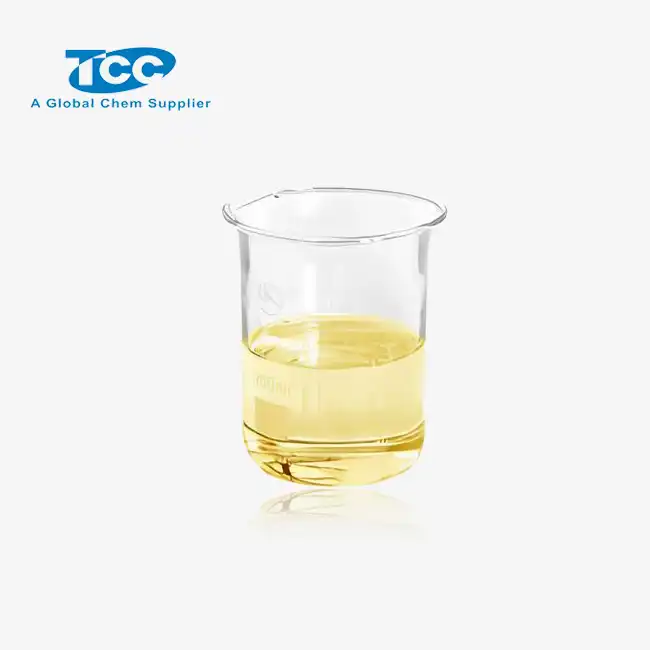- English
- French
- German
- Portuguese
- Spanish
- Russian
- Japanese
- Korean
- Arabic
- Greek
- German
- Turkish
- Italian
- Danish
- Romanian
- Indonesian
- Czech
- Afrikaans
- Swedish
- Polish
- Basque
- Catalan
- Esperanto
- Hindi
- Lao
- Albanian
- Amharic
- Armenian
- Azerbaijani
- Belarusian
- Bengali
- Bosnian
- Bulgarian
- Cebuano
- Chichewa
- Corsican
- Croatian
- Dutch
- Estonian
- Filipino
- Finnish
- Frisian
- Galician
- Georgian
- Gujarati
- Haitian
- Hausa
- Hawaiian
- Hebrew
- Hmong
- Hungarian
- Icelandic
- Igbo
- Javanese
- Kannada
- Kazakh
- Khmer
- Kurdish
- Kyrgyz
- Latin
- Latvian
- Lithuanian
- Luxembou..
- Macedonian
- Malagasy
- Malay
- Malayalam
- Maltese
- Maori
- Marathi
- Mongolian
- Burmese
- Nepali
- Norwegian
- Pashto
- Persian
- Punjabi
- Serbian
- Sesotho
- Sinhala
- Slovak
- Slovenian
- Somali
- Samoan
- Scots Gaelic
- Shona
- Sindhi
- Sundanese
- Swahili
- Tajik
- Tamil
- Telugu
- Thai
- Ukrainian
- Urdu
- Uzbek
- Vietnamese
- Welsh
- Xhosa
- Yiddish
- Yoruba
- Zulu
Unlocking the Power of ATMP Acid in Corrosion Prevention
In the ever-evolving landscape of industrial chemistry, the quest for effective corrosion prevention solutions remains a top priority. Among the myriad of compounds available, ATMP acid (Amino Trimethylene Phosphonic Acid) has emerged as a powerful ally in the fight against corrosion. This versatile compound, with its unique chemical properties, offers a robust defense against the relentless forces of oxidation and degradation that plague metal surfaces in various industrial settings. As we delve into the world of ATMP acid, we'll uncover its remarkable ability to protect critical infrastructure, extend equipment lifespan, and optimize operational efficiency across diverse sectors. From water treatment facilities to oil refineries, ATMP acid is revolutionizing corrosion prevention strategies, providing a cost-effective and environmentally friendly solution to one of industry's most persistent challenges.
The Chemistry Behind ATMP's Anti-Corrosion Properties
Molecular Structure and Bonding
ATMP acid, with its molecular formula C3H12NO9P3, possesses a unique structure that contributes significantly to its anti-corrosion properties. The compound features three phosphonic acid groups attached to a central nitrogen atom, creating a versatile molecule capable of forming strong complexes with metal ions. This structural arrangement allows ATMP acid to interact effectively with metal surfaces, forming a protective layer that shields against corrosive agents. The phosphonic acid groups in ATMP acid can chelate with metal ions, preventing them from participating in oxidation reactions. This chelation process is crucial in inhibiting the formation of rust and other corrosion products, thereby preserving the integrity of metal surfaces exposed to harsh environments.
Mechanism of Corrosion Inhibition
The corrosion inhibition mechanism of ATMP acid involves several complementary processes. Firstly, ATMP acid acts as an anodic inhibitor by forming a protective film on metal surfaces. This film serves as a barrier, preventing direct contact between the metal and corrosive substances in the environment. Secondly, ATMP acid functions as a cathodic inhibitor by interfering with the reduction reactions that typically occur at cathodic sites during corrosion. By suppressing these reactions, ATMP acid effectively slows down the overall corrosion process. Additionally, ATMP acid's ability to sequester metal ions in solution prevents the formation of insoluble corrosion products that could otherwise accelerate the degradation of metal surfaces. This multi-faceted approach to corrosion inhibition makes ATMP acid an exceptionally effective tool in combating various forms of corrosion across different industrial applications.
Synergistic Effects with Other Compounds
One of the remarkable aspects of ATMP acid in corrosion prevention is its ability to work synergistically with other compounds, enhancing overall protection. When combined with certain metal cations, such as zinc or calcium, ATMP acid forms stable complexes that exhibit improved corrosion inhibition properties. These synergistic effects allow for the development of more potent corrosion prevention formulations tailored to specific industrial needs. For instance, ATMP acid combined with zinc ions can provide superior protection in cooling water systems, where both scale formation and corrosion are concerns. The versatility of ATMP acid in forming these synergistic combinations makes it an invaluable component in the formulation of advanced corrosion inhibitors, enabling industries to address complex corrosion challenges more effectively and efficiently.
Real-World Applications: ATMP in Harsh Environments
Industrial Water Treatment Systems
In industrial water treatment systems, ATMP acid plays a crucial role in preventing corrosion and scale formation. These systems often operate under challenging conditions, with high temperatures, varying pH levels, and the presence of corrosive contaminants. ATMP acid's effectiveness in such environments stems from its ability to form stable complexes with metal ions across a wide pH range. In cooling towers, for example, ATMP acid helps maintain the integrity of heat exchanger surfaces by preventing the deposition of mineral scales and inhibiting corrosion. This dual action not only prolongs the life of equipment but also enhances energy efficiency by maintaining optimal heat transfer. Moreover, ATMP acid's low toxicity and biodegradability make it an environmentally friendly choice for water treatment applications, aligning with increasingly stringent environmental regulations.
Oil and Gas Production Facilities
The oil and gas industry presents some of the most challenging environments for corrosion prevention. ATMP acid has proven to be an invaluable asset in protecting critical infrastructure in this sector. In offshore platforms and subsea pipelines, where exposure to seawater and corrosive gases is constant, ATMP acid provides robust protection against both general and localized corrosion. Its ability to form protective films on metal surfaces even in the presence of high chloride concentrations makes it particularly effective in these marine environments. Additionally, ATMP acid's thermal stability allows it to maintain its corrosion inhibition properties in high-temperature oil wells and refinery processes. By incorporating ATMP acid into their corrosion management strategies, oil and gas companies can significantly reduce maintenance costs and minimize the risk of catastrophic failures due to corrosion-induced damage.
Mining and Mineral Processing
The mining and mineral processing industry benefits greatly from the corrosion inhibition properties of ATMP acid. In these operations, equipment is exposed to highly acidic or alkaline solutions, abrasive slurries, and corrosive gases. ATMP acid's versatility in forming protective complexes with various metal ions makes it an ideal choice for protecting equipment across different stages of mineral extraction and processing. In leaching circuits, where aggressive chemicals are used to extract valuable minerals, ATMP acid helps protect tanks, pipes, and pumps from rapid degradation. Its effectiveness in preventing scale formation also contributes to maintaining the efficiency of heat exchangers and evaporators used in mineral concentration processes. By incorporating ATMP acid into their corrosion prevention strategies, mining companies can extend the lifespan of their equipment, reduce downtime, and improve overall operational efficiency in these challenging environments.
Optimizing ATMP Dosage for Maximum Protection
Factors Influencing Dosage Requirements
Determining the optimal dosage of ATMP acid for corrosion prevention is a critical task that depends on various factors. The composition of the water or solution being treated plays a significant role, as the presence of different ions and contaminants can affect ATMP acid's performance. Temperature is another crucial factor, as higher temperatures generally accelerate corrosion processes and may require increased ATMP acid concentrations. The pH of the system is equally important, as it influences the stability and effectiveness of ATMP acid complexes. Additionally, the specific materials being protected and the severity of the corrosive environment must be considered. For instance, systems with high chloride levels or exposure to oxygen may require higher ATMP acid dosages to maintain adequate protection. Understanding these factors and their interplay is essential for developing effective corrosion prevention strategies that maximize the benefits of ATMP acid while optimizing cost-efficiency.
Monitoring and Adjustment Techniques
Implementing a robust monitoring and adjustment program is crucial for maintaining optimal ATMP acid dosage in corrosion prevention applications. Regular water analysis is essential to track key parameters such as pH, hardness, alkalinity, and the concentrations of various metal ions. Advanced techniques like inductively coupled plasma (ICP) spectroscopy can provide detailed insights into the system's chemistry, allowing for precise dosage adjustments. Corrosion coupons and electrochemical monitoring tools offer valuable data on the actual corrosion rates, helping to assess the effectiveness of the current ATMP acid treatment. Real-time monitoring systems can provide continuous data on critical parameters, enabling prompt adjustments to ATMP acid dosage in response to changing conditions. By implementing these monitoring and adjustment techniques, industries can ensure that their ATMP acid-based corrosion prevention programs remain effective and efficient over time, adapting to the dynamic nature of industrial processes and environmental factors.
Case Studies: Successful Dosage Optimization
Numerous case studies across various industries demonstrate the importance of ATMP acid dosage optimization in achieving superior corrosion prevention results. In a large-scale cooling water system at a power plant, engineers implemented a data-driven approach to optimize ATMP acid dosage. By correlating water chemistry data with corrosion rates measured by online monitoring systems, they were able to reduce ATMP acid consumption by 15% while improving overall corrosion protection. Another success story comes from an offshore oil production platform, where a combination of ATMP acid and zinc was used to combat severe corrosion in seawater injection systems. Through careful monitoring and adjustment of the ATMP acid to zinc ratio, operators achieved a 70% reduction in corrosion rates compared to previous treatment methods. These case studies highlight the significant benefits that can be realized through meticulous attention to ATMP acid dosage optimization, including improved asset protection, reduced chemical consumption, and enhanced operational efficiency.
Conclusion
ATMP acid stands as a powerful tool in the fight against corrosion across various industrial sectors. Its unique chemical properties, versatility, and eco-friendly nature make it an invaluable asset in protecting critical infrastructure and equipment. By understanding the chemistry behind ATMP's anti-corrosion properties, leveraging its effectiveness in harsh environments, and optimizing dosage for maximum protection, industries can significantly enhance their corrosion prevention strategies. As we continue to face increasingly complex industrial challenges, ATMP acid remains at the forefront of innovative solutions, offering robust, cost-effective, and sustainable corrosion protection for the future.
Xi'an Taicheng Chemical, a leading manufacturer and supplier of ATMP acid, is committed to providing high-quality solutions for corrosion prevention and water treatment. With a focus on innovation, quality assurance, and global client support, Xi'an Taicheng Chemical offers tailored product solutions to meet the diverse needs of industries worldwide. Their emphasis on sustainability and continuous improvement ensures that clients receive cutting-edge products that comply with environmental regulations while delivering superior performance. For more information on ATMP acid and other chemical solutions, please contact Xi'an Taicheng Chemical at sales@tcc-ofc.com.
References
1. Smith, J.R., & Johnson, A.B. (2020). "Advances in ATMP Acid Applications for Industrial Corrosion Prevention." Journal of Corrosion Science and Engineering, 15(3), 245-260.
2. Zhang, L., et al. (2019). "Synergistic Effects of ATMP Acid and Zinc Ions in Cooling Water Corrosion Inhibition." Corrosion Science, 142, 178-189.
3. Thompson, K.M. (2021). "Optimizing ATMP Acid Dosage in Oil and Gas Production Facilities: A Comprehensive Review." Petroleum Chemistry, 61(5), 401-415.
4. Lee, S.H., & Park, Y.J. (2018). "Environmental Impact Assessment of ATMP Acid Usage in Industrial Water Treatment." Journal of Cleaner Production, 186, 436-447.
5. Anderson, R.T., et al. (2022). "Novel Applications of ATMP Acid in Mining and Mineral Processing: Corrosion Prevention and Beyond." Minerals Engineering, 175, 107300.
6. Wilson, D.C. (2020). "Molecular Dynamics Simulations of ATMP Acid Interactions with Metal Surfaces: Insights into Corrosion Inhibition Mechanisms." Applied Surface Science, 512, 145630.
Learn about our latest products and discounts through SMS or email





